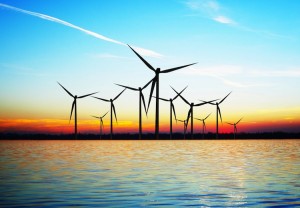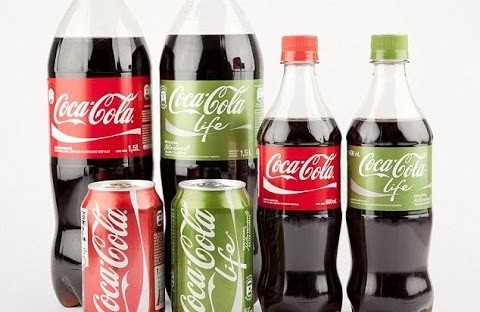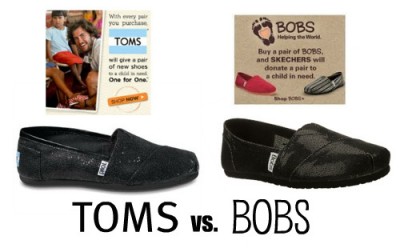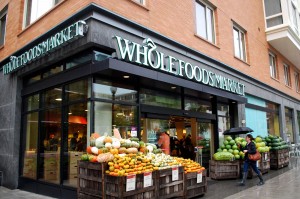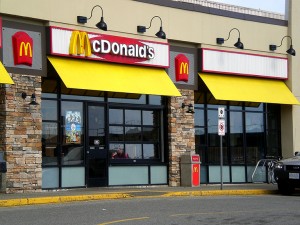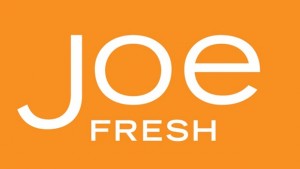Even if the UN was fully funded, we would still need the Arc and social enterprise. This is because the Arc, and initiatives like it, teach local entrepreneurs (like Fitih Tesfaye, and Salem Kassahun) how to sustain their businesses , as opposed to giving them money to start a business and leaving them on their own to figure the rest out. By giving local entrepreneurs the tools they need to run their business in the long term, the Arc is ensuring that these entrepreneurs will be able to continue running their businesses for a longer period of time. Even if the UN tried to teach local entrepreneurs how to run their businesses in the long term, it would become impossible for the UN to focus on this and aiding people who need help in other ways (such as those whose lives have been affected by hurricanes and other natural phenomena). The UN simply would not have enough resources to do everything the Arc and social enterprises do, even if they were fully funded.Social enterprises often help with causes which are not within the UN’s scope. Firms that are social enterprises also attract more customers, which means that it is beneficial for the business itself in addition to the cause the business focuses on helping with. 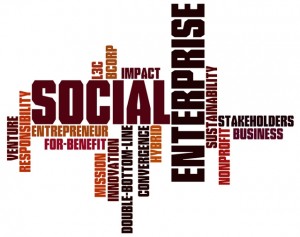
Sources
http://www.sauder.ubc.ca/Global_Reach/~/media/7709ACA7C07A4EEC8AABC811569677B5.ashx
http://images.ssireview.org/sized/images/blog/Social_Enterprise_wordle-640×507.jpg


